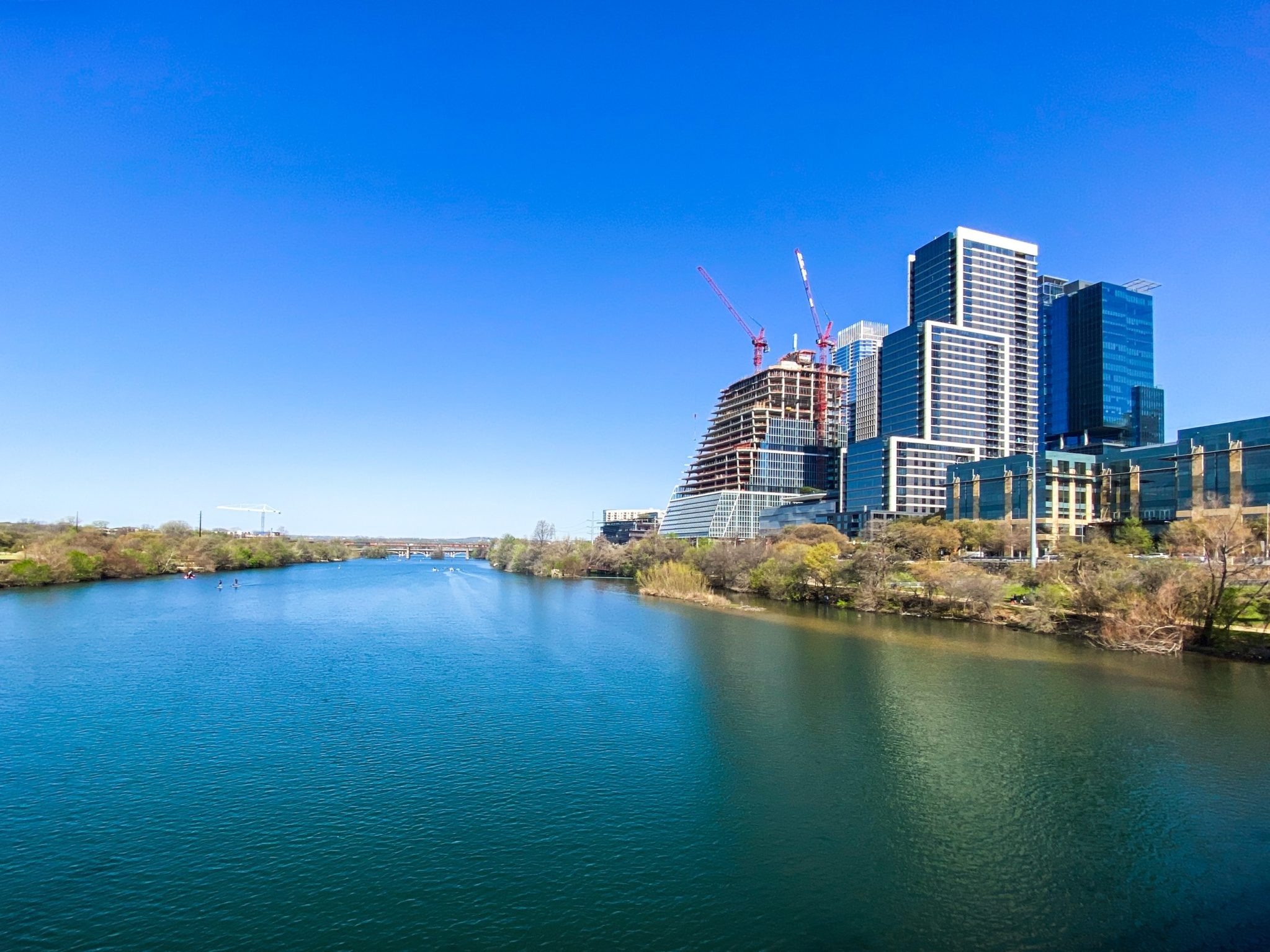Flow Of Ideas: Exchanging International Circular Water Solutions
These ideas are now starting to be used elsewhere. Take for example Ralegan Siddhi, a drought-prone and semi-arid village in western India’s Maharashtra state. Since 1975 the village has used innovative rainwater harvesting methods to transform itself into a model of environmental conservation. Their water conservation ideas such as ground water ponds and check dams to slow rainwater runoff are now being tested in the Swedish island of Gotland, which suffers from a lack of freshwater. “Runoff is the issue in both Gotland and in Ralegan Siddhi,” said Rupali Deshmukh, a researcher and country manager of India, Business Development and Marketing at the Swedish Environmental Research Institute. She says that other water solutions could equally find use abroad. In the West Bengal Region near the Himalayas she studied the water harvesting methods of the SPONGE project. Here a combination of fog and dew-collecting meshes and a conventional rainwater capturing system provide water for potato farmers. China too has begun to heavily invest in circular water technology. Its investment is prompted by the massive internal migration it has experienced in the past decade; since 2016 Chinese authorities estimate over 100 million people have moved from the countryside to cities. The country’s wastewater treatment plants ballooned with the urban population, from around 500 at the beginning of the millennium to over 4,000 today. Yanjing Zhu, from the Swedish Environmental Research Institute’s China office, says this led to China rethinking how it handles its wastewater. Now a new wastewater treatment plant is testing new techniques to bring the industry closer to the circular economy. One method being tested is removing chemicals found in wastewater such as phosphorous and treating them to be reused. “They are pollutants in our traditional way of thinking, but we should also see them as a resource,” said Dr Zhu. The sludge can also be reused by putting it and other organic matter through anaerobic digestion. This produces biogas, which the plant can then use to power the wastewater plant. Any biogas residue can be checked for safety before being sent to farmers as fertiliser. Urban demands for water also stretch across the Yellow Sea to South Korea. The country’s steep terrain means that most rainwater flows out quickly into the sea. This causes water scarcity in the winter, explains Dr Young H Lee of the Centre for Water Resource Cycle Research at the Korea Institute of Science and Technology. Like China, South Korea’s wastewater treatment plants also require new technology to save energy and make sure that wastewater is safe for everyone. For now plants regularly use energy-demanding membrane technology, or minerals called zeolite to remove harmful components. These zeolite particles tend to agglomerate together, leading to them removing contaminants less efficiently. Dr Lee’s research focuses on entrapping micro-sized zeolite particles into porous hydrogels; this allows the zeolite particles to remove contaminants from the water while preventing them from agglomerating together. All three researchers were speakers at the recent WaterShare conference, held online on 14 April. In it participants from Europe and Asia discussed their projects bringing water into the circular economy. It also gave the speakers an opportunity to share how other regional solutions can help with solutions back home. Rupali’s experience in Sweden has shown her that involving locals in the research and policymaking can give them a sense of ownership and increase its acceptance in society. “Small seminars can make a big change in Indian mindset,” she says. “If they can be one of the pillars [of lawmaking], then the policy can be robust and easy to implement.” Conferences such as WaterShare are needed in the research community, says Dr Zhu. “On the one hand Chinese partners say that they are looking for new technologies abroad,” she says.
Keywords
China, India, South Korea, Water, Circular Economy



